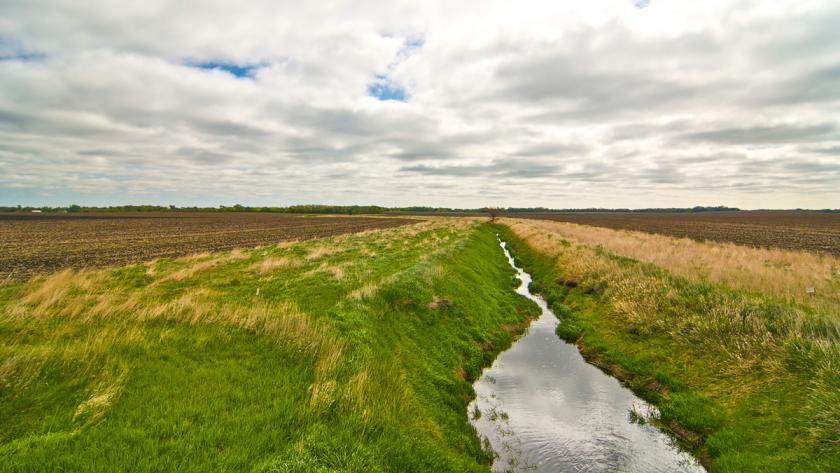Upcoming Buffer Law Open Houses
- Troy Kuphal
- Jan 4, 2017
- 2 min read
In June 2015, Governor Dayton signed into law a new buffer initiative aimed at enhancing protection of Minnesota’s waters.
Buffers are strips of permanent vegetation planted along the edge of a stream, lake or wetland. Buffers help filter out phosphorus, sediment and other pollutants from runoff during rain and snowmelt events. Buffers can also help prevent streambanks and shorelines from collapsing and washing out. They are one of many important conservation practices that help keep water clean.
The Scott Soil and Water Conservation District (SWCD), which is responsible for providing assistance to help landowners comply with the law, estimates that over 1,600 parcels in Scott County are effected by this law. They also, however, estimate that over 80% are already compliant. “The vast majority of farmers and other land owners in Scott County have already taken steps to implement buffers and other conservation measures on a voluntary basis,” explained Troy Kuphal, District Manager with the SWCD.
There are still many questions about the buffer initiative, so the SWCD is hosting a series of open house meetings throughout the county to help get these questions answered.
January 24 - Scott Co Fairgrounds, 7151 190th St W, Jordan
January 26 - Spring Lake Town Hall, 20381 Fairlawn Ave, Prior Lake
January 31 - New Market Township Hall, 8950 230th St E, Lakeville
February 2 - Belle Plaine City Hall, 218 N Meridian St, Belle Plaine
All open houses run from 5:00 - 7:00 pm, and will feature maps showing where buffers will be required. SWCD staff will also be present to help answer questions.
Under the new initiative, buffer averaging 50 feet wide are required on public waters starting Nov 1, 2017, and at least 16.5 feet wide on public ditches by Nov 1, 2018. The SWCD is available to provide technical assistance and answer questions about where buffers must be located, options for planting and maintenance, and financial assistance options. Landowners also have the option of working with their SWCD to determine if alternative practices aimed at protecting water quality can be used.
For more information, please contact the Scott SWCD in Jordan, at (952)492-5425. A detailed map showing where buffers are required can be viewed here.

Photo Source: Minnesota Pollution Control Agency


